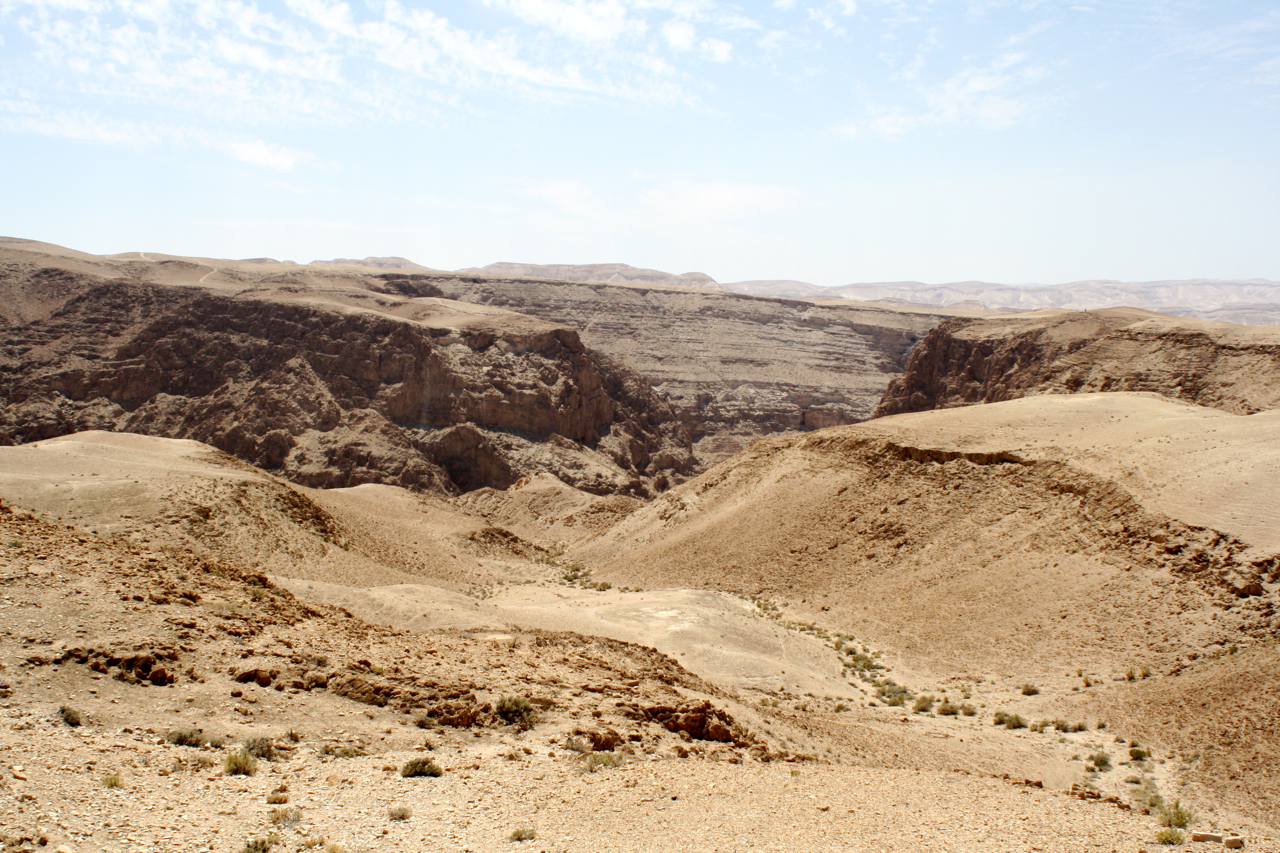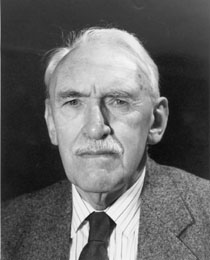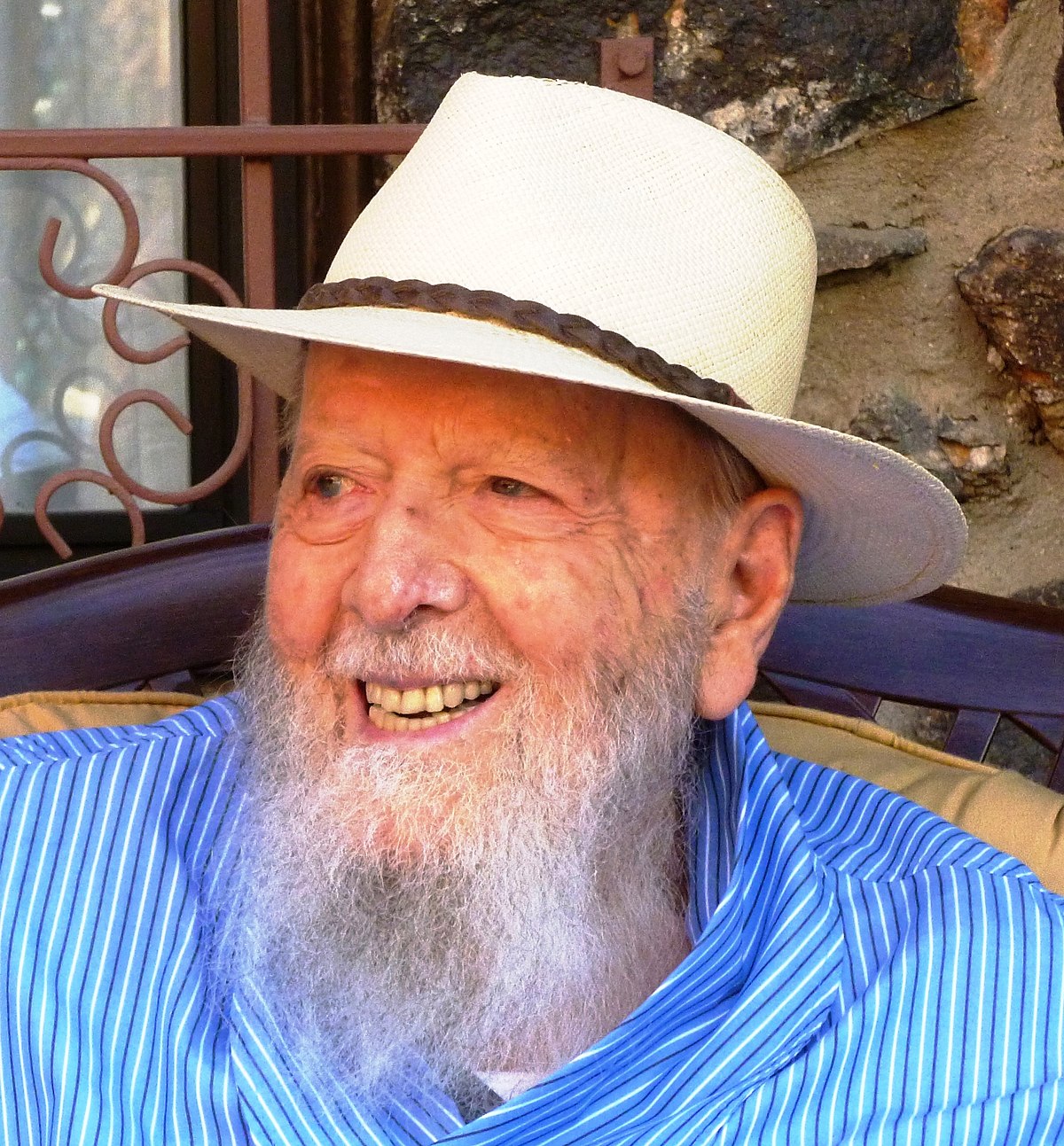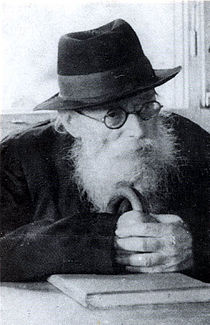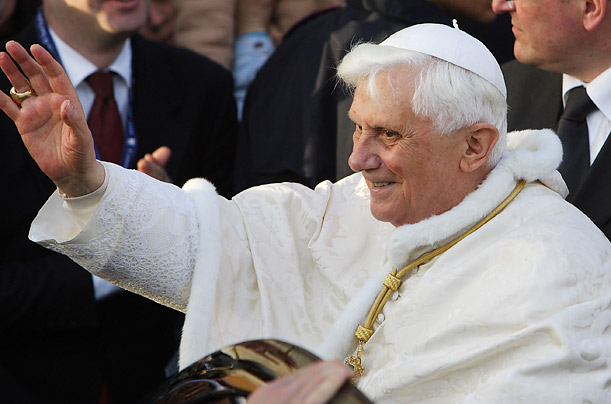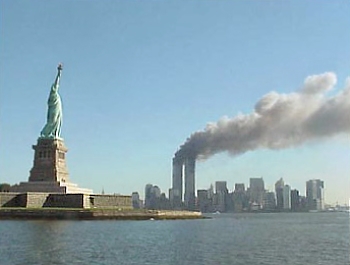
Let them make Me a sanctuary that I may dwell among them. (Exodus 25:8)
During the First Temple it is not clear if the Jewish people had synagogues or not, because the whole system was Temple-oriented. What did they do when they did not go to the Temple, which was most of the year? And if they did have synagogues what did they do there? For example, much of the prayer service today is made up of the chapters in Psalms. What did they do before King David?
Nevertheless, most authorities believe that some type of community services did exist. However, even these opinions agree that at these services likely included little more than the paragraphs of the Shema (the declaration beginning, “Hear O’ Israel…”).
The need for formalized prayer only first arose when the Jews went into exile in Babylon. The missing experience of community that went part and parcel with the three-times-a-year pilgrimage to the Temple (for Passover, Shavuos, and Succos) left a vacuum. Without the Temple, essential nutrients in the peoples’ religious diet were lacking. Therefore, the leaders in Babylon codified a system of prayer that substituted the Temple service. They based this on the prophetic verse, “Our lips will substitute for sacrifices” (Hosea 14:3).
When the Jews returned from Babylon to the Land of Israel and rebuilt the Temple they brought along with them the prayers they had learned in Babylon. The Men of the Great Assembly ordered, edited, and formulated the words of the Amidah, the centerpiece of every service, as well as its surrounding prayers. This arrangement continued through the entire Second Temple era and remains today.
Although the individual synagogue system was inferior, it successfully compensated for the shift in Jewish life away from the centralized Temple system. Now, with the stamp of approval from the Men of the Great Assembly, Jewish prayer became possible in each community, in each individual, no matter how far away he/she was. Instituting prayer this way not only substituted for the Temple service but compensated for the loss of center in Jewish life.
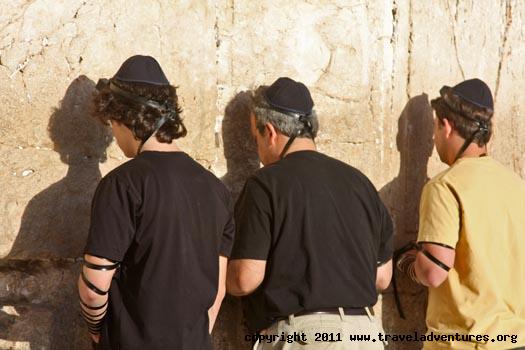
One of the obligations of Jewish living is daily prayer. The rabbis described true prayer in terms of kavanat halev, “devotion of the heart.” Such devotion is a great challenge to actually achieve and an even greater challenge to somehow maintain on a regular daily basis. But it is this devotion that allows our hearts to open up to ourselves and to our Creator and can bring people the true inspiration and serenity of spirit that is an essential ingredient and result of true prayer.
Surveys regarding individual prayer in the United States reveal that Jews are the one religious group in the United States that does not pray regularly. Except for the Orthodox section of Jewish society in America, prayer is almost unknown to ninety percent of American Jews.
Even though American Jewry is pretty much organized according to synagogue and temple affiliation, when it comes to prayer, most of the membership of these synagogues and temples are perennial no-shows. And not only are they no-shows as far as public prayer services are concerned, but the concept of private, regular, individual prayer is almost non-existent in this section of Jewish society. The secular Jew, who is non-observant of Jewish traditional practices, and most of all, painfully ignorant of any knowledge of Judaism, its core ideas and value system, its history and struggle for survival, is therefore almost unable to pray. The entire concept of prayer has become irrelevant in modern Jewish secular life. Therefore, even the three-day-a-year synagogue attendee is rapidly disappearing from the American Jewish scene. In spite of all the public claims to the contrary by organization honchos, the synagogues and temples are steadily losing membership and influence in non-Orthodox Jewish life in America. Even bar and bat mitzvahs, celebrated in synagogues and temples, are declining in popularity. This alienation from participation in public and/or private prayer is a very sad situation. It does not bode well for the future strength of the American Jewish community.
The truth is that prayer, for someone who is not accustomed or trained to pray, can be a terrifying and wrenching experience. Enormous pressure caused by changed circumstances in a person’s life, circumstances that may be internal or external, must be exerted on such a non-prayer to bring that person to pray.
The current mood of apprehension and fear that grips much of the Western world — especially since the disaster of 9/11 — has, according to many published surveys, led to an upsurge in the participation of individuals in public and private prayer. Aside from the popular axiom that there are no atheists in the foxhole, the current turn to prayer may have a much deeper meaning. For prayer is not only an appeal to the Divine to deliver us from evil and pain. It is just as importantly an attempt at self-discovery and an opportunity for rethinking previously long held opinions and lifestyles. For prayer allows one to read words that transcend current circumstances and to speak to the eternal nature of human life and its relationship to the Creator.
It is not that God requires our prayers. Rather, prayer strengthens our ability to confront ourselves and achieve an inner serenity and a necessary balance to our lives and emotions. It is never too late to pray and never too early to begin.

